999: Nine Hours · Nine Persons · Nine Doors ROM - NDS

Platform:
Nintendo DS
Nintendo DS
Release date:
2010-11-16
2010-11-16
Genre:
Adventure
Adventure
Publisher:
Aksys Games Localization, Inc.
Aksys Games Localization, Inc.
Developer:
Chunsoft Co., Ltd.
Chunsoft Co., Ltd.
8.2
Score
How to Play
Download the files from the link above and if you need to decompress any files in formats like .7z, .zip, or .rar, use a decompression program such as 7-Zip.
You can open or install game files using the emulator suitable for Nintendo DS.
Recommended Emulator: DeSmuME, a highly compatible and reliable Nintendo DS emulator.
Game Files Information
Torrent Name:
Nine Hours, Nine Persons, Nine Doors (USA)
Nine Hours, Nine Persons, Nine Doors (USA)
Region:
USA
USA
Files Size:
101.2MiB
101.2MiB
File List:
- /Nine Hours, Nine Persons, Nine Doors (USA)/Nine Hours, Nine Persons, Nine Doors (USA).zip












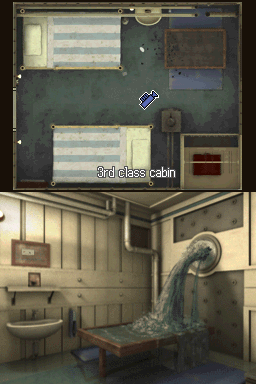
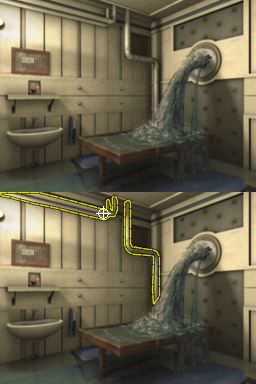
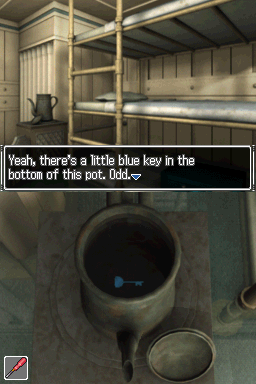
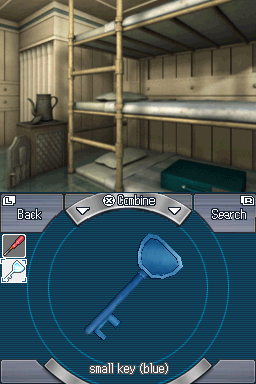
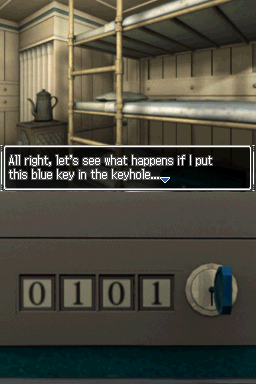








Comments